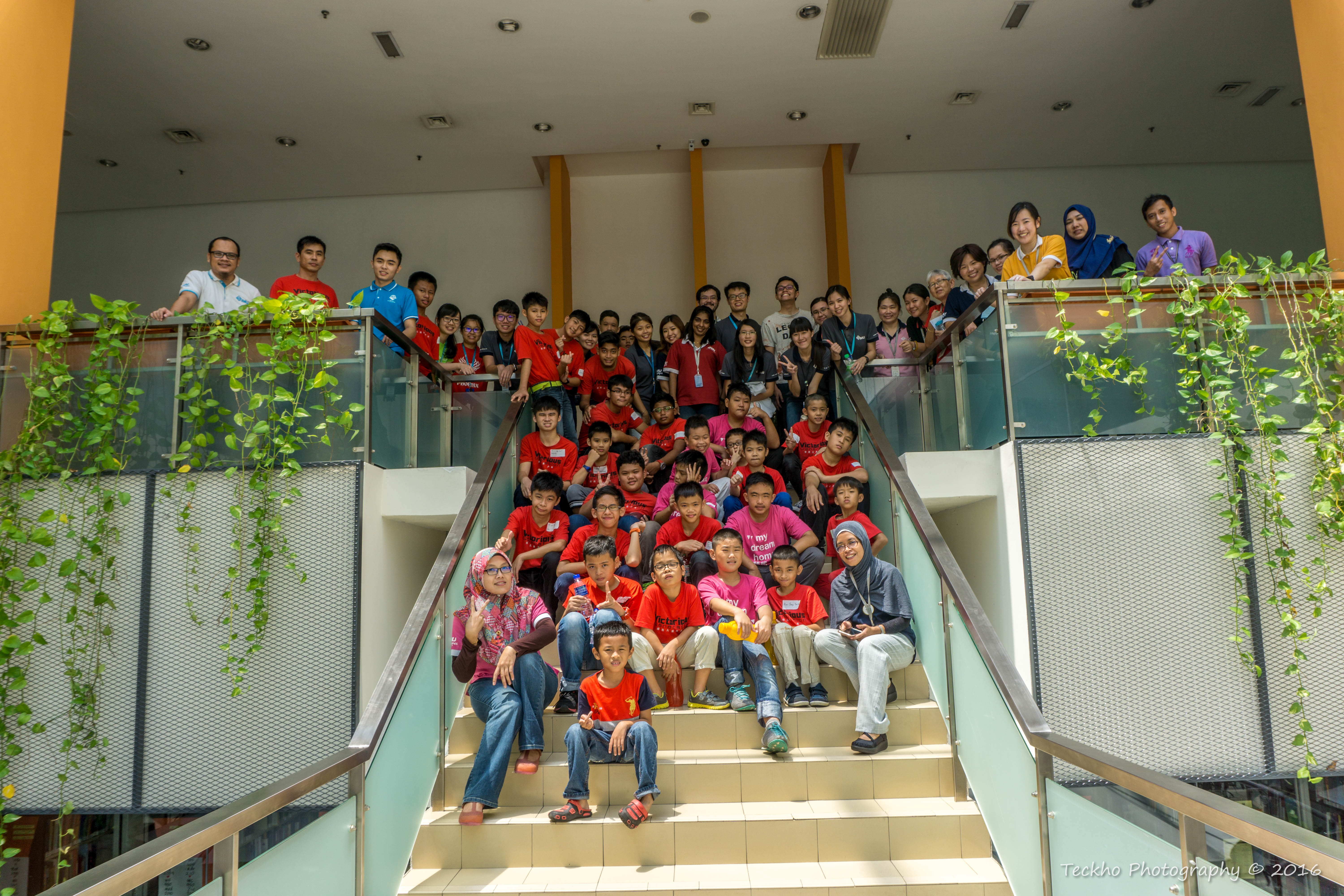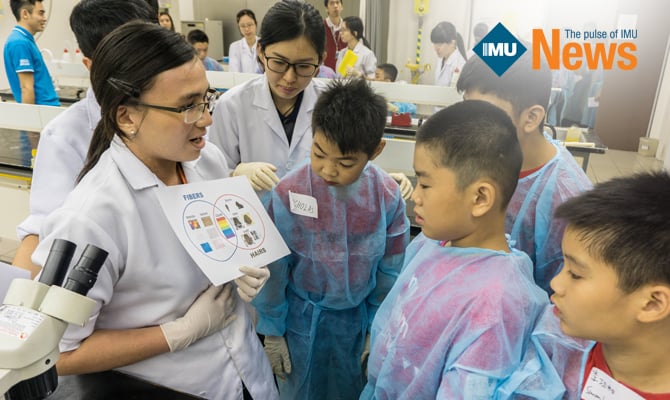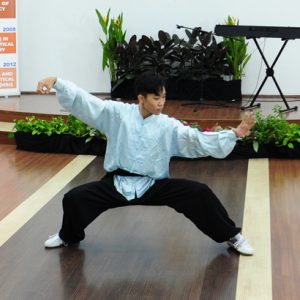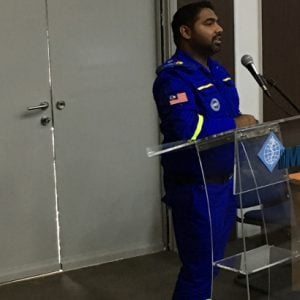A recent report has captured the grim truth many have suspected for years. Malaysian students are losing interest in science, with only 21% of upper secondary students enrolling in the science stream in 2014. Many students find science subjects difficult and uninteresting, and it is not hard to see why. 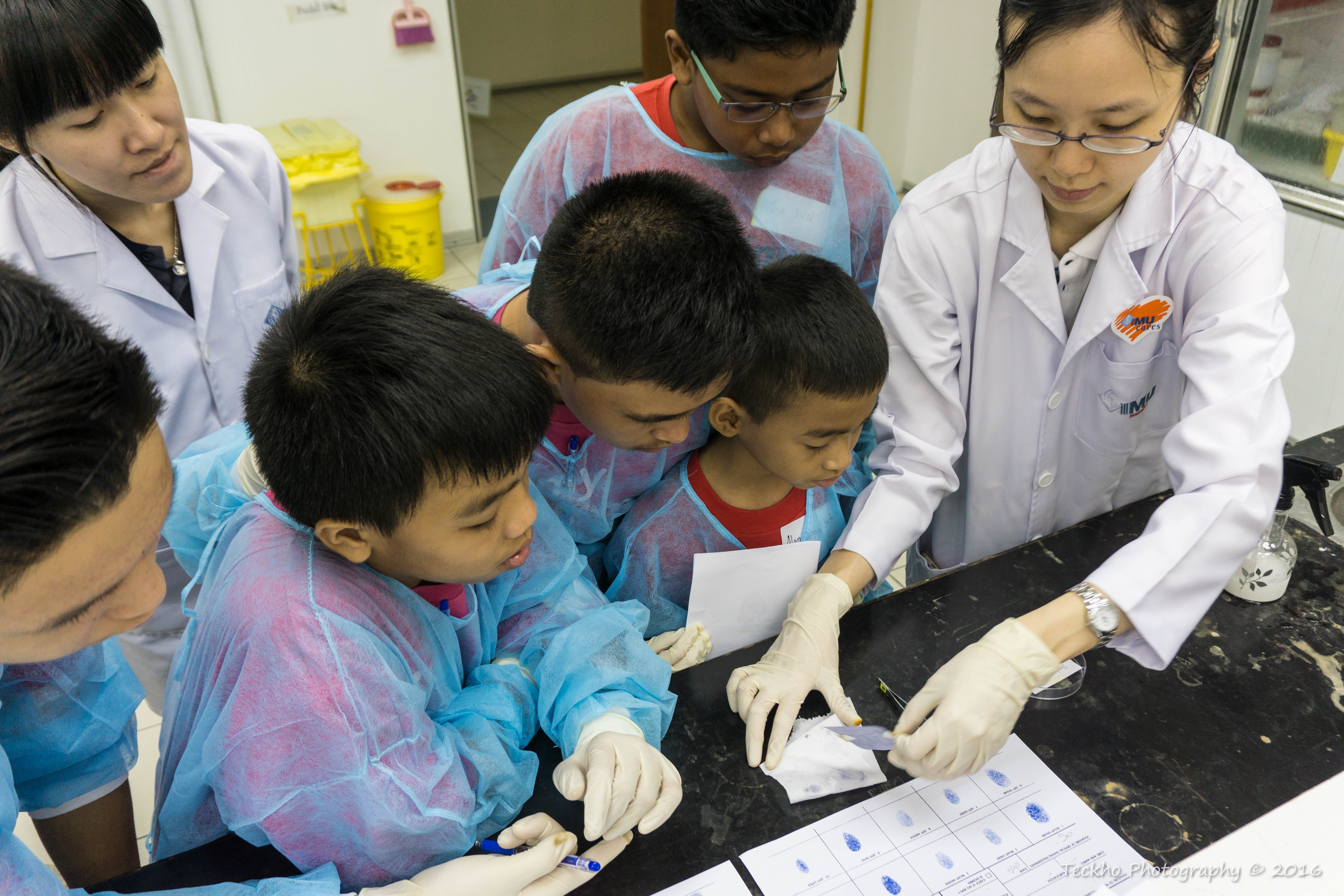
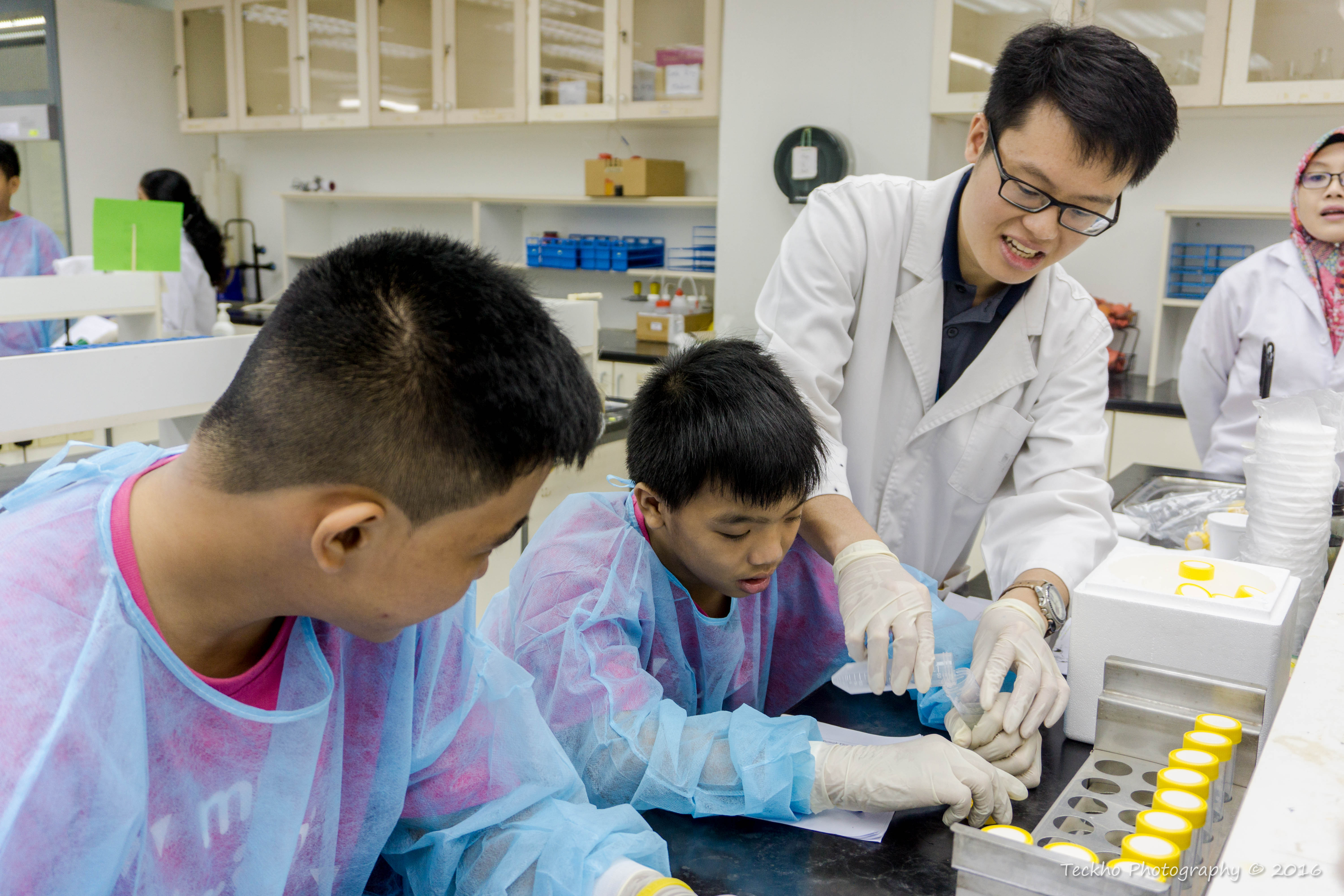 For the children in Rumah Victory, as with most children attending publicly-funded schools in Malaysia, science lessons are usually confined to the classrooms, with practical sessions being few and far between. Students spend most of their lessons memorising new terms, and struggle to make the connection between the lessons and real life. By the time they enter upper secondary levels, science has long since lost its wonder. To them, the “cool” side of science was reserved for television shows and movies, an inaccessible spectacle as distant and fantastical as space ships and transforming robots.
For the children in Rumah Victory, as with most children attending publicly-funded schools in Malaysia, science lessons are usually confined to the classrooms, with practical sessions being few and far between. Students spend most of their lessons memorising new terms, and struggle to make the connection between the lessons and real life. By the time they enter upper secondary levels, science has long since lost its wonder. To them, the “cool” side of science was reserved for television shows and movies, an inaccessible spectacle as distant and fantastical as space ships and transforming robots. 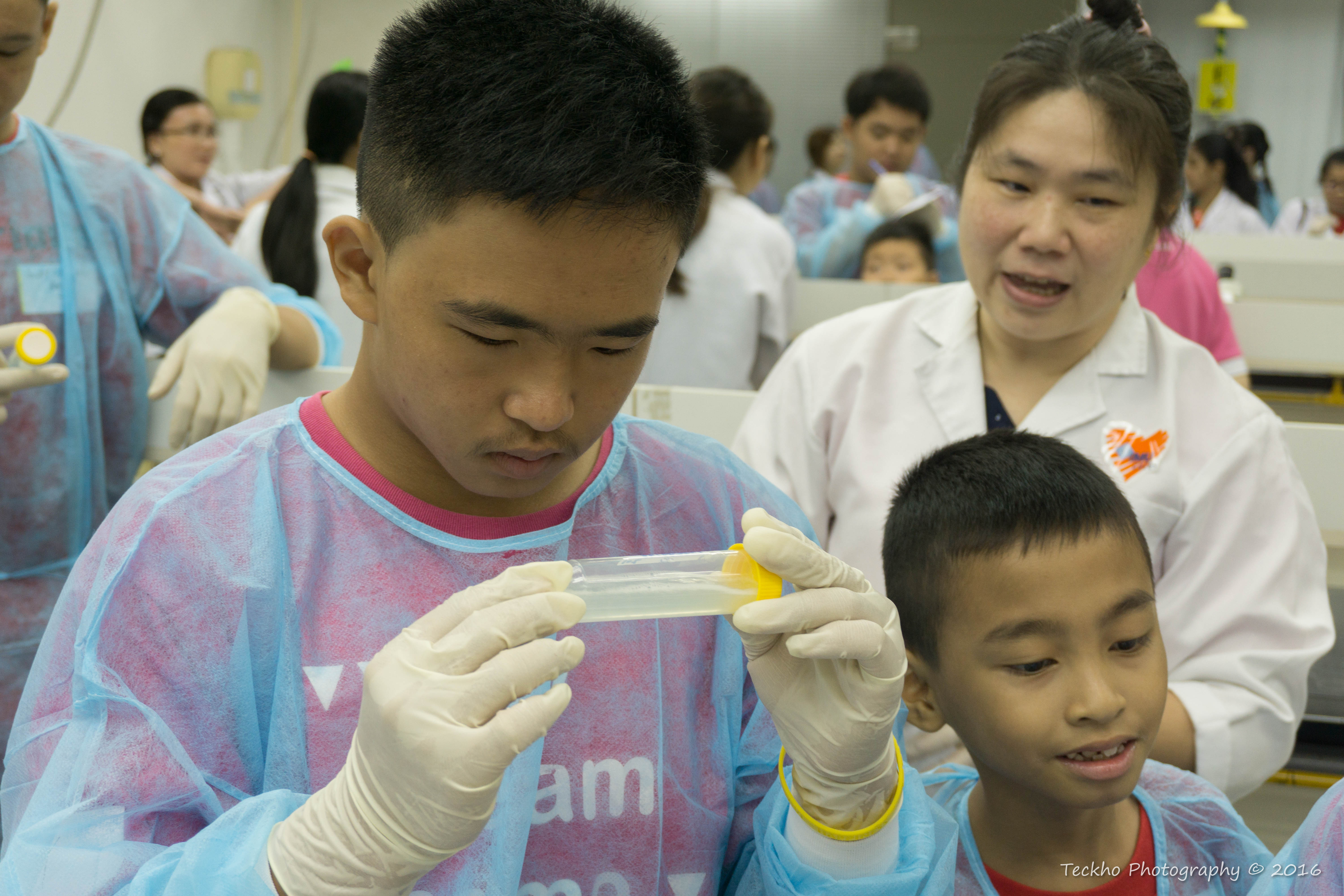 As such, when staff from IRDI and the School of Postgraduate Studies were conceiving activities for the children of Rumah Victory, they thought: what better way is there to capture their interest in science, than to emulate the wildly successful television series which single-handedly made forensic science cool? They put on their thinking caps, rubbed their hands together with glee, and started plotting. It was a Saturday like any other, on 6 August, that the children from Rumah Victory made a visit to the IMU laboratories. Many of them could scarcely contain their excitement. They had been to the laboratories one year ago to conduct some simple experiments, and were eager for more. Their visit to the lab did not go quite as expected, though, as while they were walking down the corridor, there lay a victim in a pool of blood. Three suspects were identified, but who did it?
As such, when staff from IRDI and the School of Postgraduate Studies were conceiving activities for the children of Rumah Victory, they thought: what better way is there to capture their interest in science, than to emulate the wildly successful television series which single-handedly made forensic science cool? They put on their thinking caps, rubbed their hands together with glee, and started plotting. It was a Saturday like any other, on 6 August, that the children from Rumah Victory made a visit to the IMU laboratories. Many of them could scarcely contain their excitement. They had been to the laboratories one year ago to conduct some simple experiments, and were eager for more. Their visit to the lab did not go quite as expected, though, as while they were walking down the corridor, there lay a victim in a pool of blood. Three suspects were identified, but who did it? 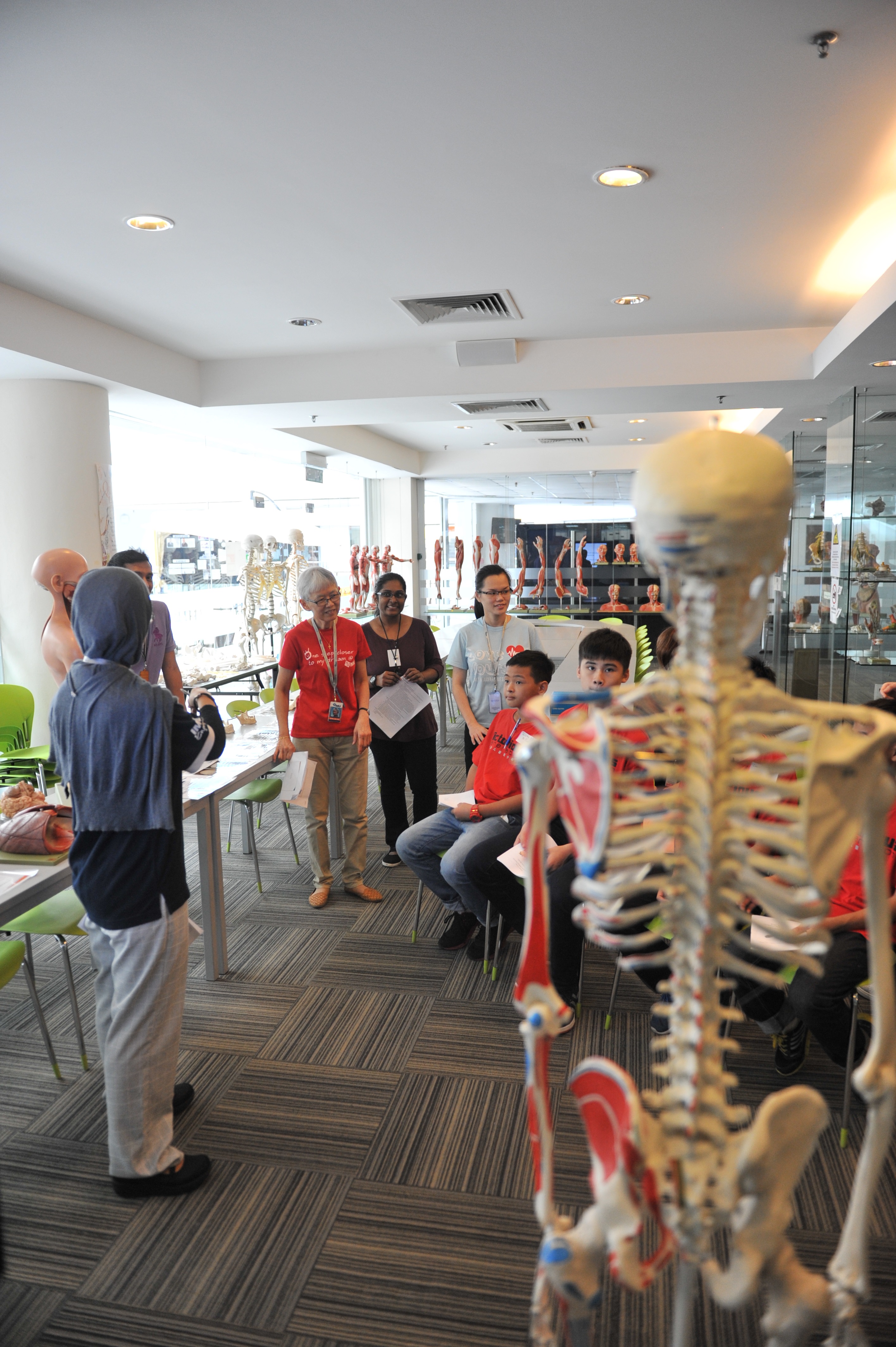 And so, they were given a new job. They were forensic detectives, tasked with finding the murderer and bringing him or her to justice. Under the watchful eyes of the staff and postgraduates, they tested for traces of blood, visualized hidden fingerprints, analyzed footprints, studied fiber samples, extracted DNA and matched DNA fingerprints. With the murder mystery as a backdrop, they learned the scientific principles behind each forensic test. They gasped as luminol made blood glow an eerie bright blue, and squealed with excitement when iodine fumes made invisible fingerprints materialise.
And so, they were given a new job. They were forensic detectives, tasked with finding the murderer and bringing him or her to justice. Under the watchful eyes of the staff and postgraduates, they tested for traces of blood, visualized hidden fingerprints, analyzed footprints, studied fiber samples, extracted DNA and matched DNA fingerprints. With the murder mystery as a backdrop, they learned the scientific principles behind each forensic test. They gasped as luminol made blood glow an eerie bright blue, and squealed with excitement when iodine fumes made invisible fingerprints materialise.  In the Medical Museum, they learned the importance of vital organs, and how skeletal remains or bite marks can be used to identify victims and criminals. On a SmartTV, they played science trivia with a cartoon Sherlock Holmes. All throughout the event, there was no shortage of laughter and humor, as the suspects claimed innocence while blaming each other, and the victim reanimated himself to confuse everyone with his warped memory of the incident. After two hours of snooping, the young detectives gathered enough evidence to solve the crime. Triumphantly, they cornered the suspect with sheer physical evidence, unraveled with the power of science. Grissom would have been proud!
In the Medical Museum, they learned the importance of vital organs, and how skeletal remains or bite marks can be used to identify victims and criminals. On a SmartTV, they played science trivia with a cartoon Sherlock Holmes. All throughout the event, there was no shortage of laughter and humor, as the suspects claimed innocence while blaming each other, and the victim reanimated himself to confuse everyone with his warped memory of the incident. After two hours of snooping, the young detectives gathered enough evidence to solve the crime. Triumphantly, they cornered the suspect with sheer physical evidence, unraveled with the power of science. Grissom would have been proud! 